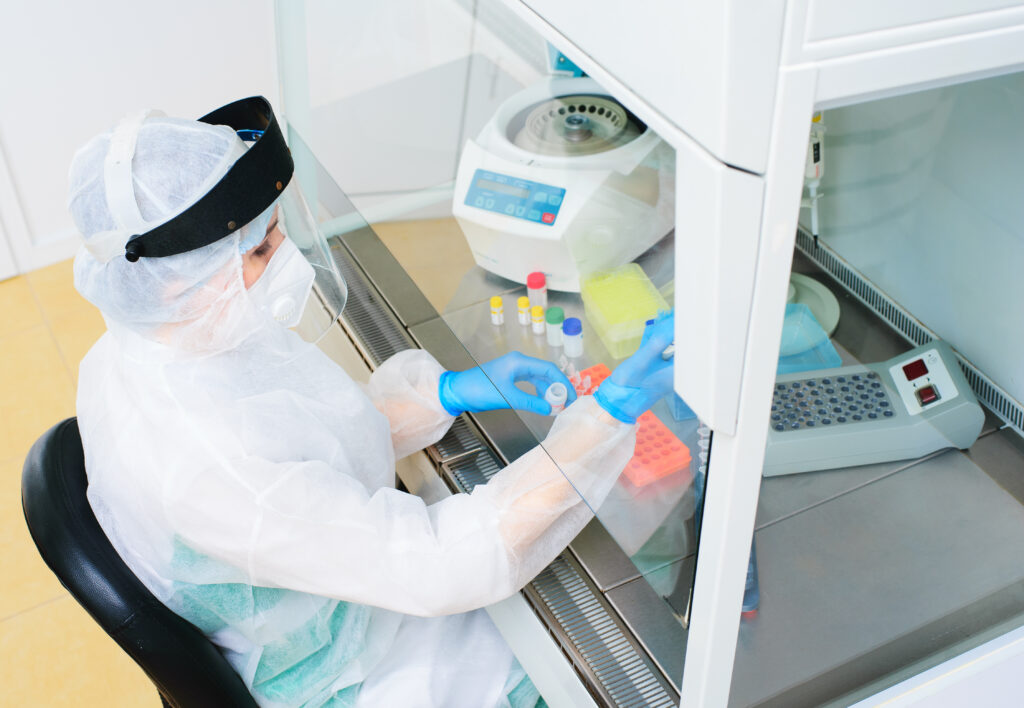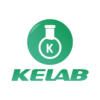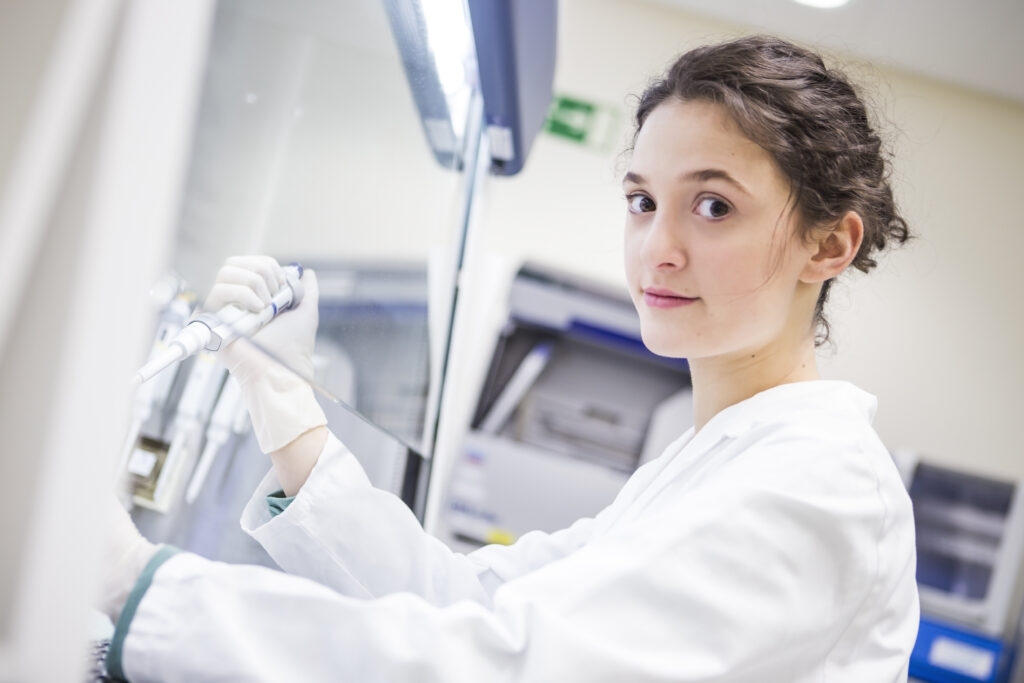Introduction: Contamination in PCR laboratory
This paper introduces the principle of PCR technology and the common causes of PCR laboratory pollution in general and expounds on how to avoid the occurrence of PCR laboratory pollution from the perspectives of the layout standard of the working area, the pressure control requirements of the laboratory and the standard operation of the experimental process. Readers can have a comprehensive and intuitive understanding of the antecedents and prevention measures of PCR laboratory contamination.

What is a PCR laboratory?
Due to the outbreak of novel coronavirus, the construction of PCR gene amplification laboratories in different regions is gradually accelerated. Viral nucleic acid testing is an important criterion for the diagnosis of COVID-19. PCR laboratories, also known as gene amplification laboratories, use molecular biology techniques. By amplifying nucleic acid fragments, it can also be regarded as a special nucleic acid replication in vitro. The virus content in the human body can be detected with a precision of up to a nanometer by using a gene tracking system. Novel coronavirus nucleic acid test also belongs to such technology and is an important standard for the diagnosis of COVID-19.
PCR gene amplification laboratory is mainly to amplify the detection of the nucleic acid template. As can be seen, cross-contamination is most likely to occur in laboratories, resulting in false positive results on test samples. Therefore, PCR laboratories have strict design requirements and standards.
Now PCR technology has been widely used in infectious diseases, tumor targeting, reproductive genetics, and other fields, but as a result of the technology to measure the nucleic acid repeated amplification, even very small amounts of pollution easily lead to false positive results and, second, the PCR technology demand is higher, the experiment process is complex, if there are omissions or omission of the intermediate links, could lead to a false negative result.
Four causes of contamination during PCR experiments
1. Contamination by PCR amplification products.
It is also the most common cause of pollution. After repeated amplification of PCR products, the amount of replication far exceeds the detection limit of PCR, so it is enough to cause false positive results even a very small amount of contamination.
2.Reagent contamination.
During the preparation of reagents, contact with contaminated containers, pipettes, pipette suction tips, solutions, etc.
3. The sample to be tested is contaminated.
The container where the sample is placed is contaminated or the sample is contaminated because the container is not tightly sealed; Secondly, the use of contaminated pipettes or pipette suction tips during nucleic acid extraction results in sample contamination; In addition, some samples contain viruses that could cause cross-contamination if they spread into the air.
4.Aerosol pollution.
If the aerosol contains viruses and other pollutants to spread into the air, it is highly likely to cause PCR product contamination. Aerosols are created by friction between air and liquid surfaces. Opening the lid, shaking the reaction tube, and repeatedly inhaling the contamination sampler can create aerosols that can lead to cross-contamination. It has been calculated that a single aerosol particle can contain 48,000 copies, so special attention should be paid to the problem of pollution caused by aerosols. As long as the PCR laboratory is contaminated, previous results are invalidated and no other experimental procedures can be performed. To obtain accurate and effective experimental results, the pollution source must be identified and completely removed.
How to avoid contamination in PCR laboratory
1. Standard setting up of work area
- sample preparation area, it is for nucleic acid extraction and DNA purification. It is recommended to add sample and negative control at first time, then add positive controls or standards. Samples should be stored in designated fridges and freezers in the same area, but PCR reagents and amplified products must not be pipetted in this area.
- reagent preparation area, it should be the cleanest of all areas. PCR reagent should be kept in a refrigerator in the designated area, ideally, near the laminar flow cabinet, extracted nucleic acid and amplified PCR products must not be handled in this area.
- The product detection area, it is for amplification and handling of amplified products and product analysis (not for real-time PCR). Ideally, a laminar flow cabinet should be used for any steps, PCR reagents and samples must not be handled in this area.
2. Air pressure control requirement
- Using negative air pressure to keep template nucleic acids in the sample preparation area
- Using positive air pressure to prevent the introduction of contamination in the reagent preparation area
- Using negative pressure to keep amplified nucleic acids in the product detection area
- The air handlers for the three areas need to be connected to separate air ducts, and each must lead to a separate location for exhaust. Do NOT use a central air-conditioning system and ductwork for the three areas.
3. Standard operation in PCR laboratory
- Contamination can be reduced if using 70% ethanol to clean work surfaces and equipment before and after the experiment.
- Before using, the laminar flow cabinet or biosafety cabinet should be decontaminated by using a UV light for at least half an hour and then cleaned with 70% ethanol.
- Aerosols can lead to cross-contamination between samples, so it is important to use aerosol barrier tips.
- All sample tubes should be opened and closed very carefully to make sure the liquid doesn’t splash out. Spinning tubes before opening can prevent aerosols when opening.
summary:
Many PCR laboratory contamination is caused by the human operation. Based on the preventive measures mentioned above, supporting management means and auxiliary measures can be developed, laboratory operation standards and disinfection actions can be strictly implemented, and written records and signatures can be made to minimize the possibility of laboratory contamination.


